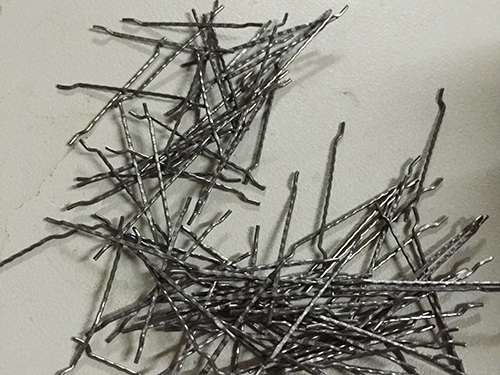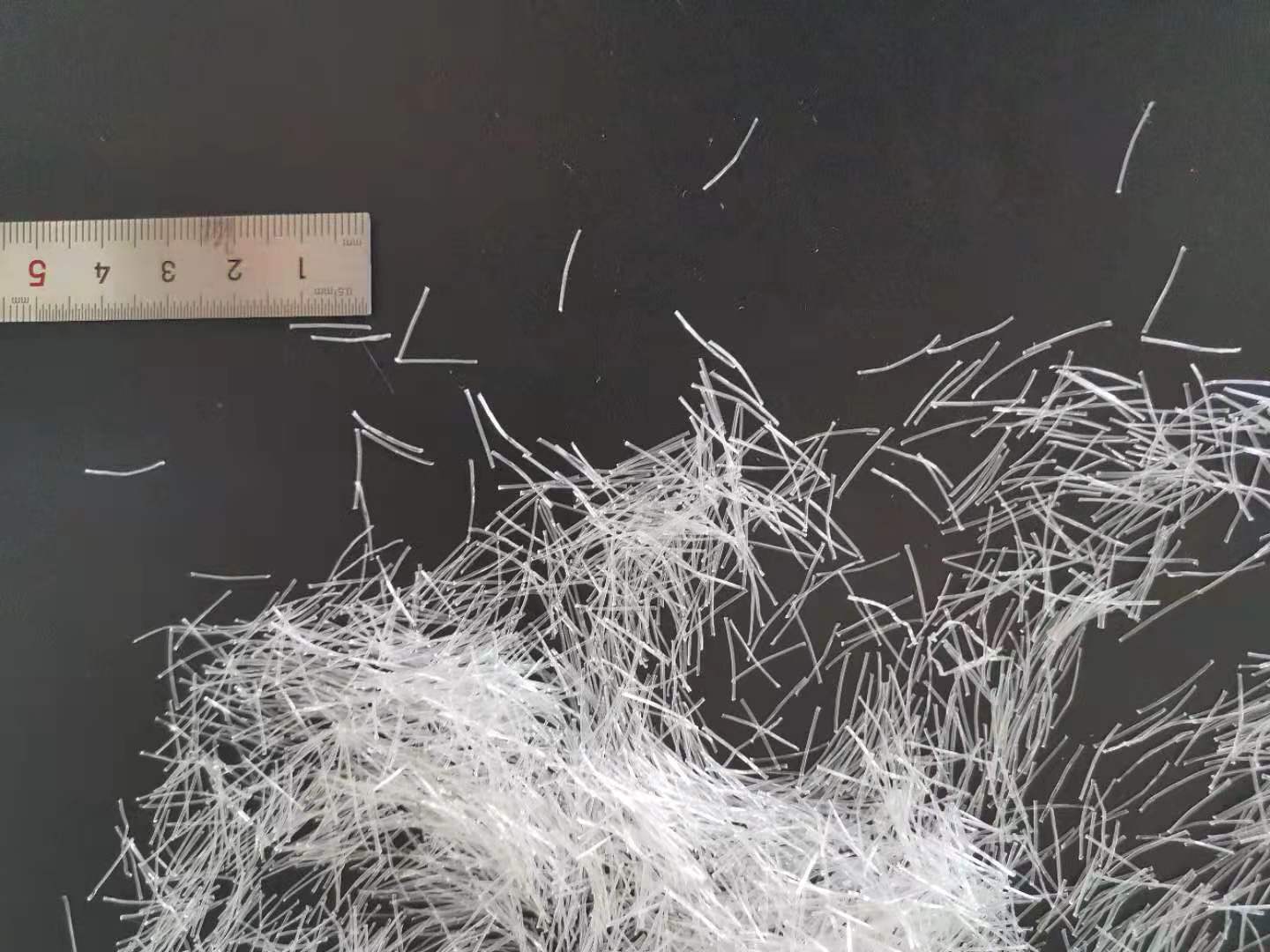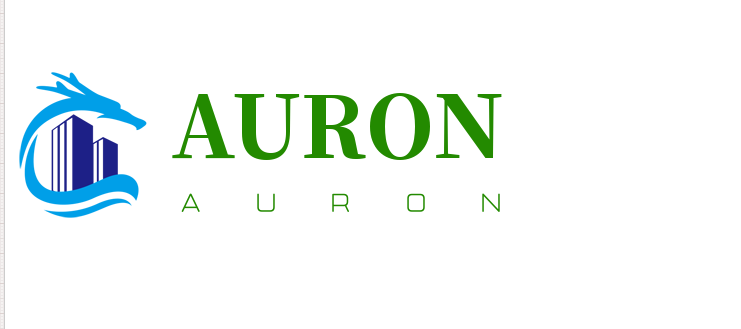1. Vertical forming process
Process features: vertical internal and external formwork process, the concrete needs large fluidity, slump expansion ≥ 600mm, which is formed by high-pressure weighing and bottom vibration.
Advantages: uniform wall thickness control and smooth inner wall
Disadvantages: the equipment and plant need to be changed, the equipment investment is large, and the quality defects are uncontrollable.
Specific description: because the vertical process needs to cooperate with the bottom vibration forming to increase the compactness, it is not suitable to add steel fiber, because the steel fiber of UHPC in large flow state is very easy to sink during vibration forming. At present, the fiber used in the production of vertical process in the market is basically organic fiber, but the toughness of organic fiber is insufficient and the elongation is large, which can not limit the hydration shrinkage Due to the stress caused by temperature shrinkage, axial cracks are common in electric poles produced by vertical process. The amount of cementitious material of UHPC material is 2-3 times that of ordinary concrete. The cement hydration process is long and the crack development cycle is long. It can occur half a year or even a year after demoulding, and this process will not stop.
2. Centrifugal forming process
Process features: except for concrete mixing, the distribution centrifugation is in accordance with the traditional mode, and the centrifugation time is adjusted according to the process.
Advantages: excellent compactness and mechanical properties, good toughness, no crack and other quality defects.
Disadvantages: the wall thickness control accuracy is general, and the requirements for material fluidity control are high.
Specific description: the centrifugal process is suitable for fibers with high density. Generally, a certain amount of steel fibers are mixed. The steel fibers have excellent toughness and high tensile strength, which can well limit the development of cracks. Therefore, there will be no crack problems in the vertical process. The centrifugal process makes the products have higher compactness and better mechanical properties. The wall thickness can be controlled by quantitative mixing according to the amount of concrete used for a single electric pole. Cage knitting machine should be used for reinforcement cage to ensure the thickness of reinforcement protective layer.
Comparison of two processes:
The two processes have their own advantages, but the vertical forming can not solve the problem of axial crack. The development of crack will make the harmful medium in the environment invade the concrete and corrode the reinforcement, which will greatly reduce the service life of UHPC pole. Although the wall thickness control of centrifugal process can not be compared with vertical process, it can basically meet the accuracy requirements, and can also be continuously optimized by adjusting each process link. To sum up, centrifugal forming should be the most suitable process for ultra-high performance concrete poles at present, both in terms of economic value and quality stability!
Supplement:
Performance comparison of various fibers
Fiber | Strength/MPa | Modulus/GPa | Elongation/% | Density/(g/m³) |
PVA fiber | 880-1800 | 25-40 | 6~10 | 1.30 |
300-980 | 3.5-5 | 15~25 | 0.91 | |
Nylon fiber | 750-900 | 3.4-4.9 | 13~25 | 1.10 |
PE fiber | 2700 | 120 | 5 | 0.97 |
Steel fiber | 2000-2850 | 200-210 | 3~4 | 7.85 |
Carbon fiber | 1400-3500 | 230-300 | 0.4 | 1.30~1.90 |
AR-glass fiber | 2200 | 80 | 0~4 | 2.78 |
Asbestos fiber | 620 | 160 | - | 2.55 |
Note: the toughness mainly depends on the elastic modulus. The lower the elastic modulus, the worse the ability to resist deformation; The higher the elastic modulus, the better the resistance to deformation.







